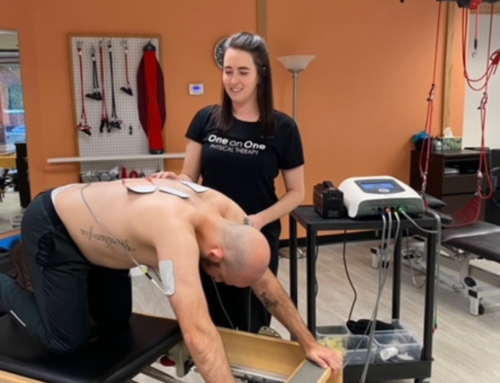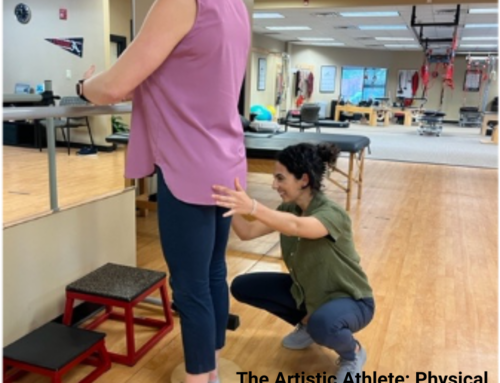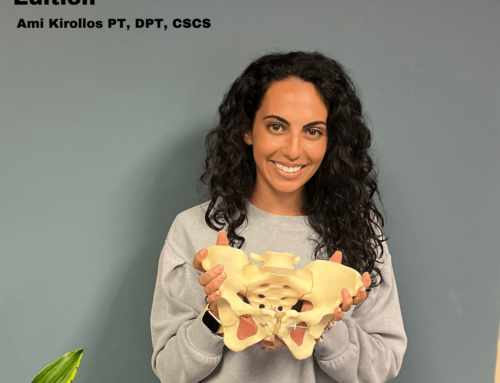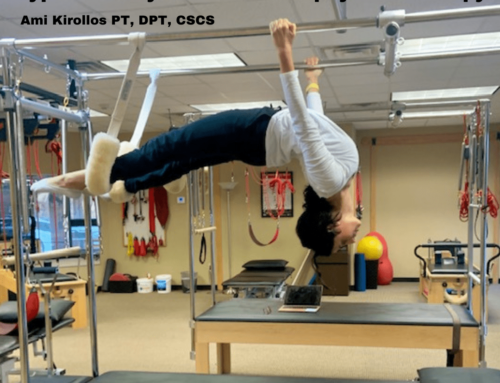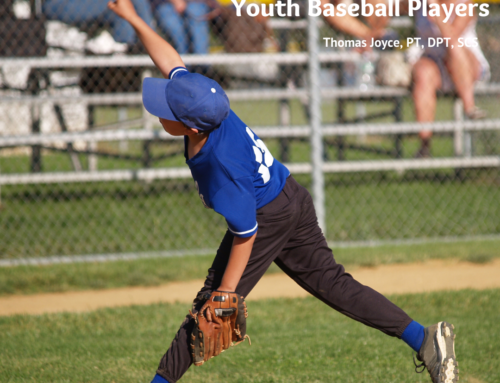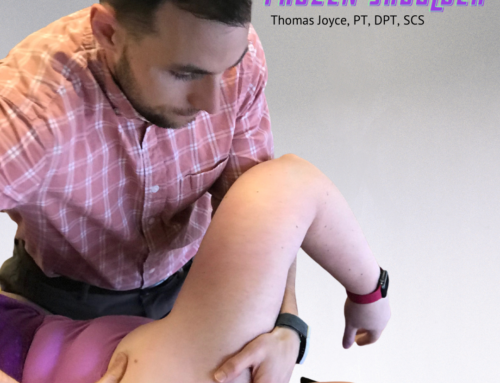Hydration For Youth Athletes
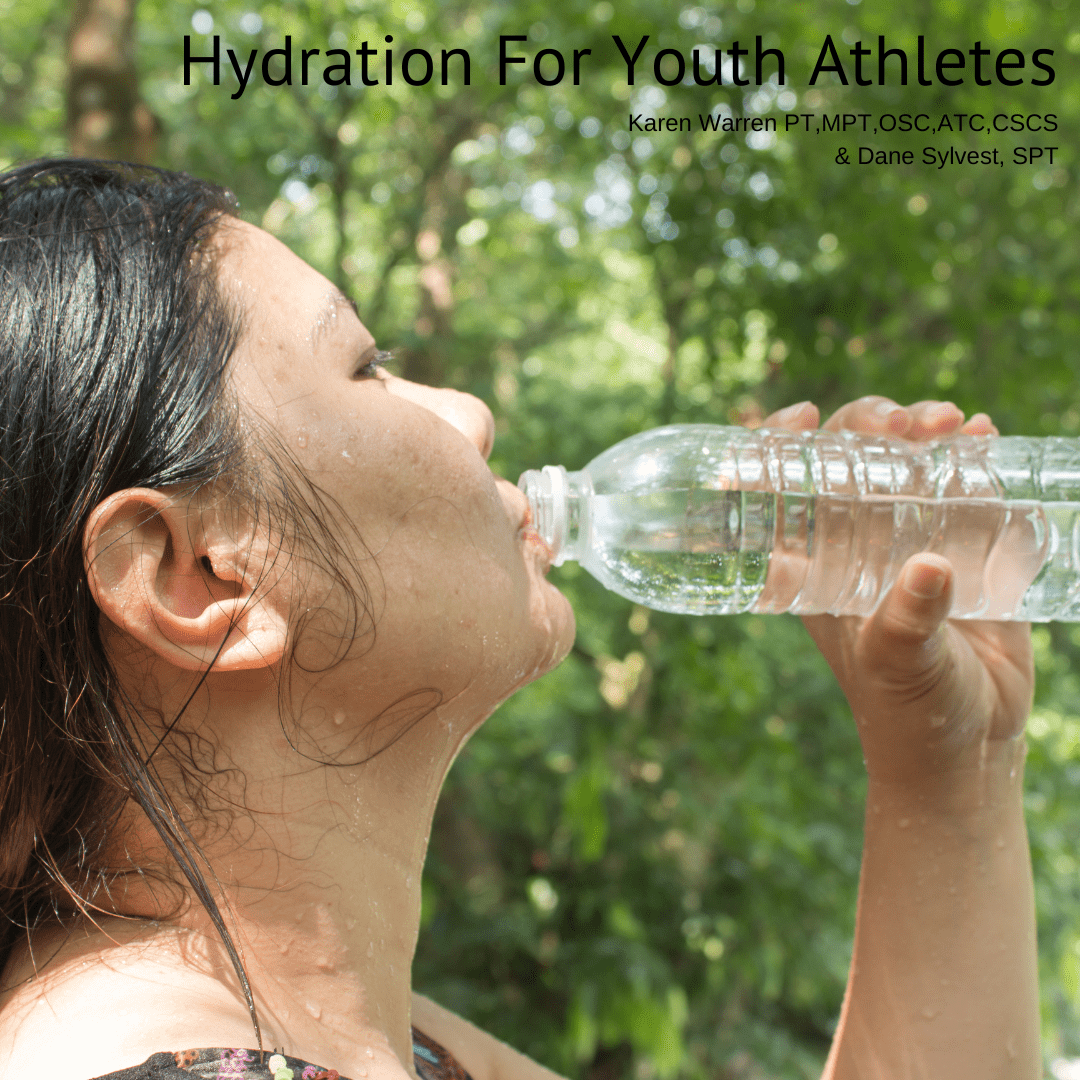
As a parent of a young athlete, like me, I often get asked the following questions about youth hydration:
How much should my child be drinking?
When should they be drinking?
What should they be drinking?
Why are children more prone to heat illness and how do we prevent it?
What happens in the winter when it’s cooler?
The youth sports programs don’t typically have nutritionists on staff guiding and educating the athletes or parents, so it’s time to put some good information out there.
What is Heat Illness? Heat illness is a serious and preventable condition that is a result of heat exposure that can cause dehydration, heat cramps, heat exhaustion, and can lead to heat stroke, which is a life threatening condition. Heat illness occurs when fluid lost by sweating is not replaced. While we typically see heat illness in the hot and humid months, you can still get dehydrated in the cooler weather months. According to the CDC, heat related deaths in sports appear to be on the rise over the last 40 years, football being the sport with the highest risk.
What can be done to prevent heat illness? Hydration is first on the list!
How much to drink? A good rule is to divide your child’s body weight in half and drink at least once ounce per pound. This would be adjusted based on activity. To keep it simple, drink half of their body weight in ounces each day, before sports.
Hydration guidelines when exercising or playing a sport:
- Before Exercise:
- 17-20 ounces 2-3 hours prior to exercise
- 7-10 ounces 15 minutes before the start of game, match, practice
- During Exercise:
- 4-8 ounces every 15-20 minutes during exercise
- After Exercise:
- 24 ounces 2 hours following exercise/activity to allow your child’s body to properly rehydrate.
Depending on your athlete’s age, if they are on the younger side, lean toward the lower end of the hydration ranges listed above. Move toward the higher end of the range listed above as your athlete gets older.
Rehydration. Once your athlete has completed their practice, game or match, rehydration is an important component of recovery and preparation for the next day, event or athletic performance. Poor rehydration during recovery has been shown to reduce heart rate variability and resting metabolic rate (both are markers of stress). Therefore, drinking for recovery may be more important than even drinking during competition. Our youth athletes are stressed enough, so let’s help them out by reminding them to rehydrate after their practice and games.
What to drink? Water is great, but there are times when sport drinks are more helpful. When exercising for more than one hour, the electrolytes lost, mainly sodium, need to be replaced. The content of sweat is more than just water, therefore water alone cannot properly rehydrate our athletes. Youth athletes should be drinking water and sports drinks before, during and after exercise and sports. Athletes should avoid caffeinated beverages during recovery as caffeine often dehydrates us even further.
Which sports drinks are best? Certain sweeteners such as xylitol, sorbitol, mannitol, isomalt, are sugar alcohols. The carbohydrate in these plant products is altered through a chemical process. These should be avoided as some people are sensitive to them and they can cause gastrointestinal upset. Read the labels and do your research to know what you are giving your children.
- Artificial colors and sweeteners should be avoided. Stevia is an acceptable alternative and will be found in products that are more natural.
- Dextrose, maltodextrin and sucrose are made from corn so if you are looking for non-GMO products look for “organic” products, labeled with non-GMO.
- Avoid high fructose and fructose as it is too slow to digest.
Some “safe products” include:
- Gatorlytes: they can be mixed (½ a packet) with any beverage.
- Generation UCANN Hydrate: its flavored so it can be mixed with water; sweetened with Stevia; good for a light sweater as the sodium is low (300 mg)
- Infinit Nutrition: good sports drink with sodium; heavy sweaters will need additional sodium
- NUNN All Day Hydration: the U natural hydration uses Stevia instead of sorbitol
- Skratch Exercise Hydration mix: powder that uses fruit; since it contains 20 grams of carbohydrate so do not combine with sports drink as too many carbohydrates can upset the stomach.
- Levelen Electrolyte mix: dextrose as sugar, nothing artificial
Why are children more prone to heat illness?
- Children absorb more heat from a hot environment because they have a greater surface-area to body-mass ratio than adults. The smaller the child, the faster they heat up.
- Children and adolescents may have a reduced ability to dissipate heat through sweating.
- Children and adolescents frequently do not have the physiological drive to drink enough fluids to replenish sweat losses during prolonged exercise.
- Youth athletes may be more easily distracted when occasions allow for them to rest and rehydrate.
What else can be done to help prevent heat illness? Changing wet, sweaty clothing can be very helpful. Normally, as sweat evaporates from the skin, it also cools the skin. Staying in wet, sweaty clothing will prevent the cooling process, which can cause an athlete to overheat. Consider carrying a full change of clothes including socks, sports bras, shorts, and tops to each game and practice for your kids to change into as they excessively sweat. Changing as many clothing items as possible will make a difference and help cool the body, even if it’s just their soccer socks!
Other risk factors to consider with heat illness prevention:
- Previous history of heat illness makes the athlete more susceptible
- Poor physical conditioning: preseason conditioning is important for all sports
- Poorly acclimated to heat: gradually acclimate to the heat if you can
- Obesity: exercise is a great way to minimize obesity, so carefully monitor your child.
- Febrile or Gastrointestinal Illness: if your child has a fever, they should not be exercising or out in the heat as they will not be able to regulate their body temperature. All children with fevers should be monitored closely.
- Certain medical conditions: Cystic Fibrosis, Diabetes, cardiovascular disease, sweating dysfunction.
- Certain medications: stimulants, anticholinergics, cardiovascular medications
- Sunburn
- Lack of sleep
- Heat retaining uniforms and protective equipment
Do we have to drink the same amount during the cooler weather? When it gets cold outside, we still sweat and need to continue to hydrate. We don’t see the sweat on our skin because of the lack of humidity. Studies have shown that cold weather athletes tend to have significantly greater rates of dehydration than warm weather athletes. Cold weather may diminish the thirst mechanism, and athlete’s may not be aware that they need to hydrate. So, it is important to remind your athletes to stay hydrated even in the cooler months.
Karen Davis Warren, Founder of One on One Physical Therapy, brings a wealth of knowledge to her patients incorporating over 25 years of physical therapy and sports medicine experience and education. Karen holds a Master of Physical Therapy degree from Emory University and a Bachelor of Science in Exercise Science from the University of Southern California. She is an Adjunct Faculty and guest lecturer for the Doctorate of Physical Therapy Program, a Clinical Instructor at the Doctorate of Physical Therapy Program, Emory University, and on the Advisory Board for the Physical Therapy Program at Mercer University. To contact Karen, email her at Karen@onetherapy.com and more information can be found at www.onetherapy.com.
Dane Sylvest is a second year Doctor of Physical Therapy student at Emory University. Raised by two healthcare professionals, he has a strong passion for sports medicine and exercise science. Dane holds a Bachelor of Science in Kinesiology Degree from Louisiana State University, and is expected to complete his DPT degree in May 2020. To contact Dane, email him at danesylvest@gmail.com.
